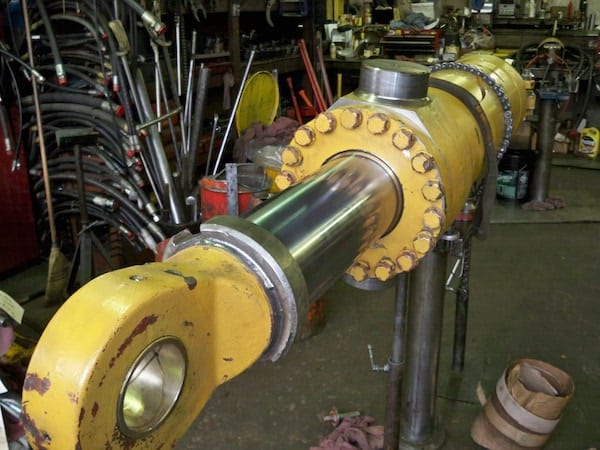A hydraulic cylinder problem can affect the entire equipment, hampering production and even bringing extra costs with maintenance, repairs, and machine replacement. The good news is that there are simple ways to identify damage and fix it before you have more significant problems.
In this post, you will find out what the main problems of hydraulic cylinder rods are and understand how to solve them to guarantee the correct functioning of the equipment or call a specialist like Cylinders, Inc for example.
Equipment maintenance is essential to preserve its proper functioning and to obtain maximum productivity during an operation. Its parts may wear out according to the hours the machine has worked and need to undergo interventions. The components of hydraulic cylinders – rod, sleeve, eyes, and internal seals – exemplify this need.
Analyzing only the rod, the operator and maintenance professional can identify that it needs polishing when there are small surface deformations or has a matte appearance. In the latter case, the shine is synonymous with water tightness, which means that the smoother the surface, the lower the adherence of external particles. If these particles penetrate the system, hydraulic oil contamination may occur.
The rod polishing can be done using a kind of bushing, which makes the metallic surface smooth and shiny. Another type of recovery is chrome plating, performed before polishing when a loss of rod thickness is identified. Chrome is applied to increase the hardness of its surface, and, in many cases, it also restores its original diameter. However, it is necessary to be careful in its application since a teaspoon of ferrous contaminant can contaminate 200 liters of hydraulic oil. That is, if there is an error in the measurement, there may be a contagion of the hydraulic system, causing damage to the users of the equipment.
There are situations where the rods are bent, have cracks, or are worn. The solution, then, becomes the replacement of the component. In this sense, it is essential to be careful with the steel quality since it is a traditional machining service in which the cylinder eye is cut to replace the rod, and the new component is welded. To assess the quality of welding, there are several types of technology, the most common of which is ultrasonography. Steels manufacturing hydraulic cylinder rods must generally have a hardness of more than 40 HRC after heat treatment. Always use professionals like Hydraulic Ram Repair Repair in Chicago, IL for example





